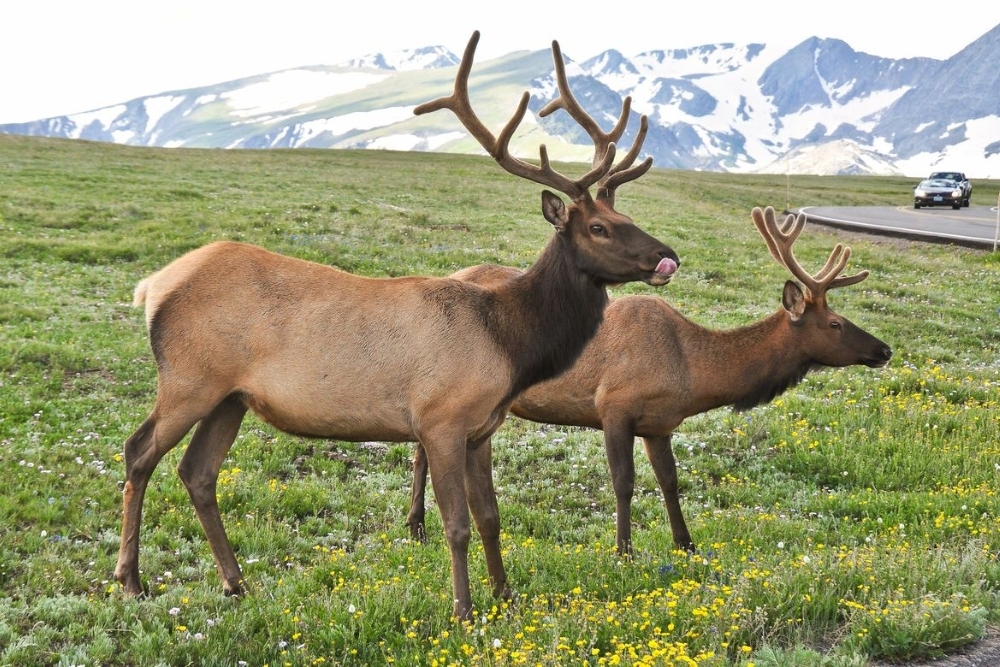Fwc Fish And Wildlife Research Institute issued the following announcement on Jan. 19.
2012 > 2022 – Kale’s 10 Year Tagging Anniversary
Last month, FWRI’s manatee biologists were in Brevard County collaborating with USGS biologists and other agency and university partners to conduct a tagging study to better understand manatee movements and habitat use. Over two days, 10 manatees were captured, given health assessments, and then affixed with satellite-linked GPS radio tags. Upon reviewing the microchip data for an adult male that reached 9.4 feet in length, they were excited to discover that this was a known individual!
Exactly 10 years earlier to the day, on December 14th, 2012, this individual had been caught in the same area, tagged, and given the identifier ‘TBC082,’ also known as ‘Kale’. Weighing in at 1038 lb, he was 227 lb heavier than a decade ago. Kale’s 2022 tagging, while a coincidence, will allow researchers to directly compare the movements he made in the winter of 2012-2013 with the movements he will make during this cold season.
Ten years ago, this adult male relied on rivers and creeks—like the Sebastian River, Turkey Creek and other tributaries to the Indian River Lagoon—as warm-water shelter, and a similar pattern has been observed in his behavior so far this winter. Although Kale has already extended his range both north and south of his 2012-2013 range, he was tracked visiting the same waterways (Turkey Creek and the Sebastian River) for warm-water refuge during the cold weather surrounding Christmas Day.
FWRI and USGS biologists plan to track Kale and the other tagged manatees for the remainder of the year to better understand how manatees use warm-water and forage habitats to survive in a region where most seagrass has been lost due to repeated, severe algal blooms.
For more information on FWC’s manatee tracking program, please visit: http://myfwc.com/.../research/radiotelemetry-tracking/
Original source can be found here.


 Alerts Sign-up
Alerts Sign-up